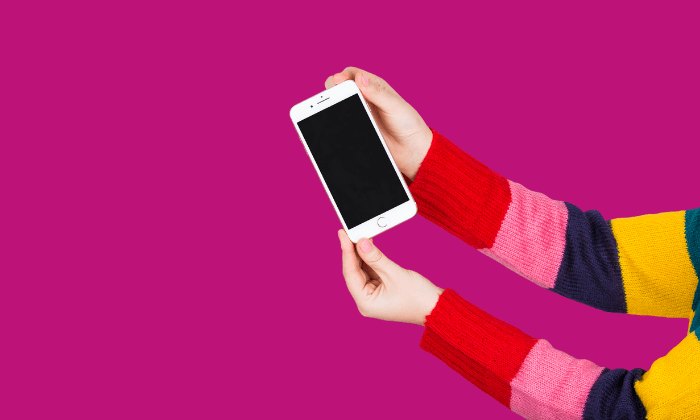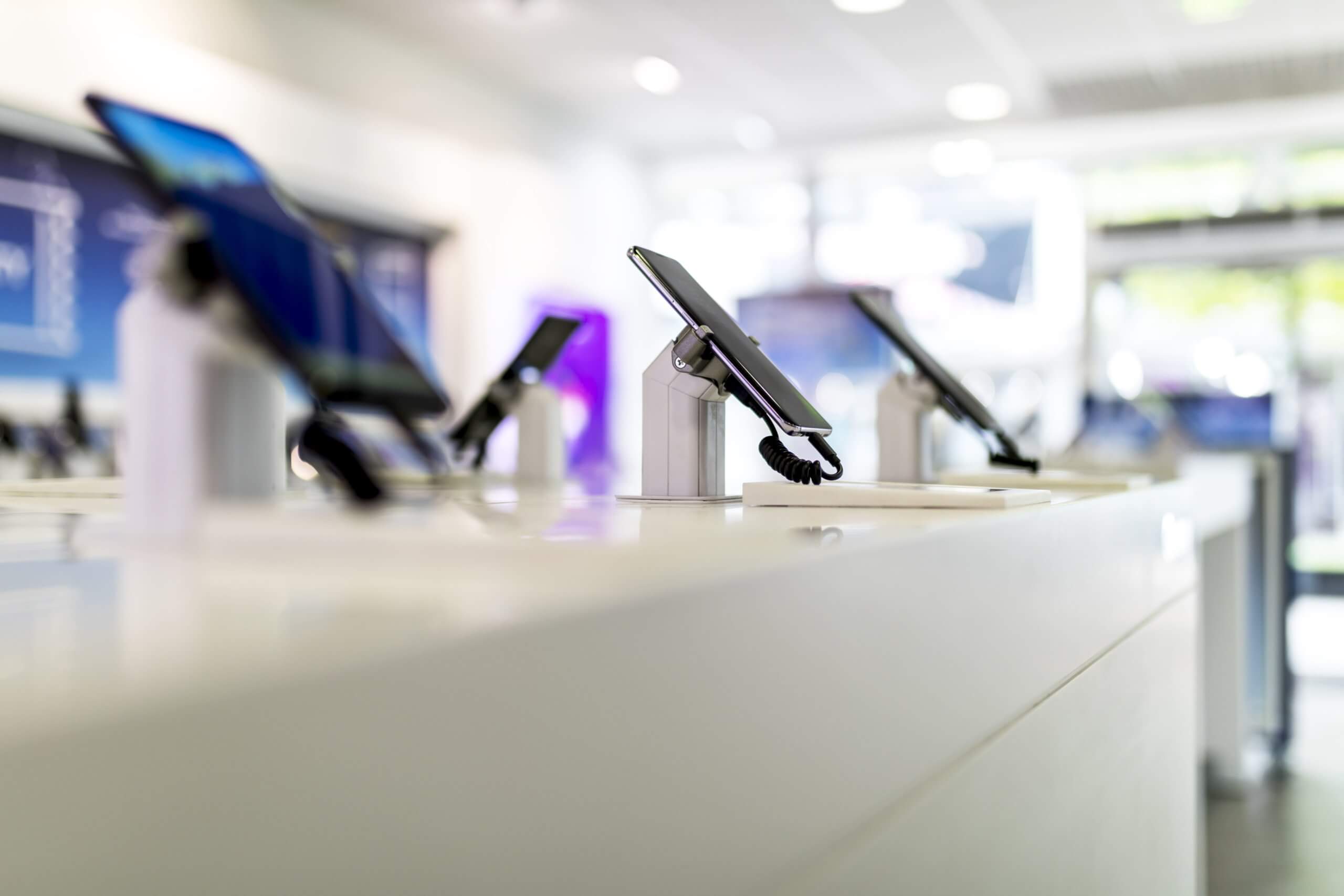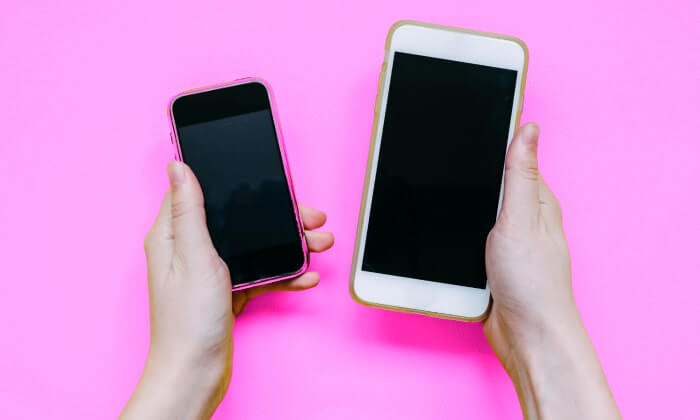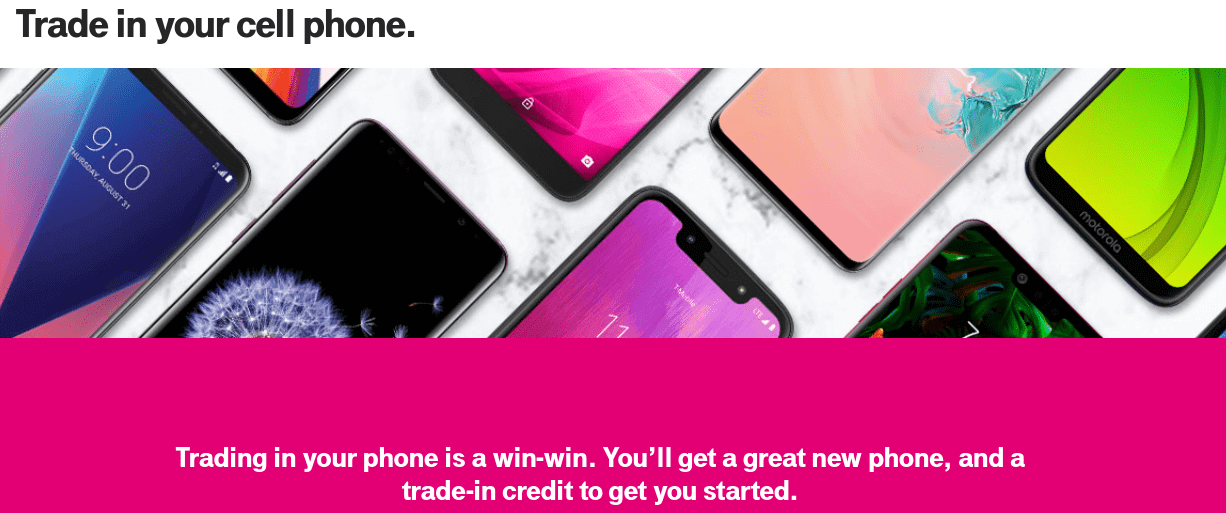Eventually, everyone out there finds a need to upgrade. Whether it’s the excitement of having something new and shiny in your life, or finding something that’s simply more efficient and easier to use, there’s always a reason to get the next big thing from a company. This includes smartphones, with new models consistently introduced to keep consumers coming back for more.
That leaves a question, though – what will you do with your old tech now that it’s being replaced? Fortunately, there are a number of options available. There’s us, of course, where we buy your smartphones, tablets and other devices for a top-dollar price. However, there are also options like ecoATM, Apple Trade In, and others.
Believe it or not, another option to consider is a mobile provider. For example, if you’re already a T-Mobile customer or are thinking of becoming one, that’s where T-Mobile’s Device Trade-In Program comes in. For years, T-Mobile has made a name for itself as the “un-carrier” of cellular providers, keeping customers at the heart of everything they do. But, does this commitment to customer satisfaction provide worth with their trade-in program? Let’s take a closer look.

Contents
How Does T-Mobile Trade-In Work?
Online vs. In-Store Trade-In
Can You Trade In a Cracked Phone to T-Mobile?
T-Mobile Device Trade-In Credit Options
T-Mobile Trade-In Values
T-Mobile Trade-In Deals and Promotions
Pros & Cons of T-Mobile’s Device Trade-In Program
How Does T-Mobile Trade-In Work?
In order to be eligible for T-Mobile’s Device Trade-In Program (also known as its Device Recovery Program, and not to be confused with the JUMP! Upgrades Program), there are two requirements: either be a current or future T-Mobile subscriber; or complete a qualifying transaction. This can include activating a new device, adding an additional line, or upgrading and purchasing a new device.
Should you be eligible, you are only allowed to trade in one device per active line per month when completing your qualifying transaction. Keep that in mind just in case you’re trading multiple items, like if you’re replacing phones for yourself and members of your family.
Online vs. In-Store Trade-In
Once you’ve confirmed your eligibility, you’ll have the option of either trading online or in-store. Here’s how both work.
Online Trade-In
Trading in your device online is as easy as logging in to My T-Mobile, answering a few questions about your old phone (such as make, model, carrier, and condition) to get your trade-in quote, completing your online order, and shipping in your used device. Once your new device has shipped, you’ll have 30 days to send in your old smartphone. Please note that with the online trade-in option, you are responsible for printing out the shipping label and boxing up and mailing out your used device safely. (You’ll also want to package it carefully, to avoid sustaining further damage.)
Once you’ve shipped your device, you can check on your T-Mobile trade-in status by either going here (for existing customers) or here (for new customers).
After your trade-in has been received, it will be evaluated to ensure that the condition of the device matches that which was stated when getting the initial trade-in value estimate. If your item’s appraised condition is different from what was reported, or if the device was damaged during shipment, your trade-in offer will be adjusted accordingly. But, what happens if you’re unhappy with your updated trade-in value?

As far as we can tell from T-Mobile’s website, you should be able to decline the offer and request to have your old phone returned to you (unlike with Verizon). Hypothetically, anyway. T-Mobile’s website does say “You may accept the assessed value of the device or request to have your device returned to you.” If the latter occurs, you can then choose to either keep the new phone or return it.
However, their website also says “Device trade-in transactions are final. After you accept the trade-in credit and send us your phone, you cannot get it back.” Our advice? Double-check with a T-Mobile representative before shipping your device, because you might be stuck with the end result.
In-Store Trade-In
To avoid all this potential hassle and ensure you get the correct value from the start, we recommend going into a T-Mobile store to trade in.
During your qualifying transaction, a T-Mobile representative will appraise your phone and give your trade-in quote. Then, you can either choose to decline the offer, accept the offer and immediately surrender your device, or accept the offer and ship the device later. Should you choose to mail in your phone later, however, your device will once again be appraised upon receipt by T-Mobile. As a result, your trade-in offer could be decreased.
Keep in mind that some stores are conditionary when it comes to trading in items, due to current COVID restrictions. Most have no trouble welcoming customers into their stores, but you may want to check with your closest one just to be sure they’re accepting trade-ins. You never know.
Can You Trade In a Cracked Phone to T-Mobile?
Can you? Certainly. Should you? Ehhhhh. It’s true that T-Mobile does accept damaged phones for trade-in. However, they will understandably be assessed at a lower value than a device in good condition. It’s also important to note that phones with screen damage are not able to participate in trade-in promotions (more on that a bit later).
Our problem with trading in a damaged phone to T-Mobile is that it can be pretty hazy when it comes to their buyback values for damaged devices. Unlike most other trade-in options, the quote you’ll receive from T-Mobile’s online trade-in estimator is only for phones in good condition. That means that going into a store or sending it in with damage could result in far less value – and the possibility you won’t get it back.
If, however, your phone has some easily fixable damage (such as a cracked screen or glass back) we’d recommend taking care of the damage before you trade in. If it’s an iPhone, AppleCare+ is the best way to go when it comes to repairing your phone. Other carriers vary, depending on what’s covered with your device. If it’s older, you might be out of luck; but it never hurts to check what can be repaired and what can’t.

T-Mobile Device Trade-In Credit Options
Before you rush over to T-Mobile to trade your device, let’s discuss how you’ll receive your buyback payment. If you’re like most people, you’d probably prefer to get cold, hard cash for your items. Unfortunately, if that’s the case, T-Mobile isn’t your best bet.
Like many other carrier buyback programs, T-Mobile Device Trade-In earns you credit for your next T-Mobile purchase—”credit” being the operative word. With T-Mobile, your primary options are either an instant store credit or a bill credit.
Instant store credit: Only available when trading in at a brick-and-mortar location; should any amount be left remaining after completing your qualifying purchase, it will be applied to your account as a bill credit. That’s good if you’re a current customer looking for something new, but could be a hindrance if you’re seeking something else.
Bill credit: Available for online trade-ins or if you get your buyback value estimate in-store but ship in your device separately; credit will be applied within three billing cycles, which can be a rather long wait. (About three months, maybe slightly less.)
T-Mobile Trade-In Values
Now that you know how to trade in at T-Mobile, it’s time to see how the carrier’s buyback values stack up to the competition. The easiest way to check your device’s trade-in value is by using the trade-in estimator on T-Mobile’s website.
Keep in mind that while getting your estimated trade-in value online is completely obligation-free, you will need to be prepared to make a purchase (or complete another qualifying transaction) when actually submitting your device for trade-in.
Here’s a quick comparison between ourselves and T-Mobile when it comes to the iPhone 12 and an older iPhone XR. Keep in mind this is before checking the condition of the item, which, again, can have an effect on the final value.
iPhone 12 standard model, 256GB, Verizon, good condition
GadgetGone (cash): $511
T-Mobile (credit): $390
iPhone XR standard model, 256GB, Verizon, good condition
GadgetGone (cash): $246
T-Mobile (credit): $140
As you can see, T-Mobile’s prices aren’t too shabby. However, this is towards newer devices that are on the market. Older ones have far less value, and may go down even further if they’re in worn out shape. And, again, we need to reiterate that T-Mobile only offers credit, which could be a problem if you’re looking for cash.
T-Mobile Trade-In Deals and Promotions
From time to time, T-Mobile offers special deals and promotions that provide a boost to trade-in credit. Utilizing these promos can help get you extra money off of a specific device or even get a new phone for free when you trade in an eligible device. Keep in mind that these promotions may also require you to switch from a different carrier or add on an additional line to qualify. (Check the terms just to be absolutely sure.)
As long as you fit the requirements, these deals can go a long way in helping to make up for T-Mobile’s lower trade-in values. But, again, that’s just towards trade-in. If you’re looking for cash, you’re better off selling elsewhere. (Like, to us, perhaps?)

Pros & Cons of T-Mobile Device Trade-In
When it comes to cell phone trade-in methods, it’s nice to have options available. And for current T-Mobile customers ready for an upgrade or new customers just making the switch, the T-Mobile Device Trade-In Program does have its benefits, namely convenience. But if you’re looking to make the most money possible for your device, it’s not the greatest.
Let’s break down the pros and cons:
When compared to GadgetGone, the choice is obvious: Unlike T-Mobile’s trade-in program, trading in with GadgetGone will net you substantially more money (in cash!), with different payout options and overall convenience. We may not have a store to take the phone into, we offer convenient service when it comes to getting it to us!
| GadgetGone Pros: | GadgetGone Cons: | ||
| • | Cash payouts are quick and consistently among the best in the business | • | Can’t automatically apply your credit to a bill or upgraded device (but you get cash!) |
| • | Fair assessment of your phone with quick communication in changes, and various payment options | • | Can’t go into a store to trade in (we just aren’t retail, sorry) |
| • | Fast, simple online process with complimentary shipping | • | No trade-in deals, but with prices this good, it’s easy to see why |
| • | If you don’t like your updated trade-in offer, your device is returned to you for free |  |
|
| • | Transparent pricing and top dollar offers for damaged devices with multiple condition options | ||
| • | Tons of positive reviews | ||
So, in the end, when it comes to trading in your device, T-Mobile isn’t a bad option – just a limited one. The company does offer fairly good values for newer devices; and the ability to either take it into a store or send it in is nice to have, especially in these times. However, the limits on where you can apply its value could be a problem if you prefer cash, and the policy regarding damaged items is a bit murky.
By comparison, GadgetGone has more bases covered when it comes to options, even without retail trade-in. We offer various payment types (Paypal, Amazon gift card or a paper check); quick and efficient service for getting your phone analyzed and properly valued; and free shipping.
The choice is yours, so weigh your options carefully and then sell how you please. But when it comes to getting more bang for your buck (not to mention actual bucks), it seems pretty clear. Thankfully, though, T-Mobile isn’t that bad either, depending on what you need. Happy selling!
Follow us on Instagram, Facebook, TikTok and Twitter for more helpful tech tips, future special offers and behind-the-scenes GadgetGone goodness! (Plus, we have a dog!)
For our money (and yours), trade in with GadgetGone.
Our no-obligation quotes are simple, fast, hassle-free.
